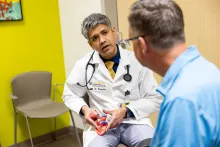BE FAST when you see a stroke
BE FAST is two things, really.
- It’s what you do when you spot the signs of a stroke: BE FAST in getting the victim to emergency medical care.
- It holds the key to recognizing someone may be having a stroke. Just remember these BE FAST words:
- Balance
- Eyes
- Face
- Arms
- Speech
- Time, not a symptom but a reminder to get medical help quickly
BE FAST symptoms
You may not see all the symptoms at the time of a stroke (also referred to as a brain attack). The key to noticing something’s amiss is the sudden onset of symptoms like these:
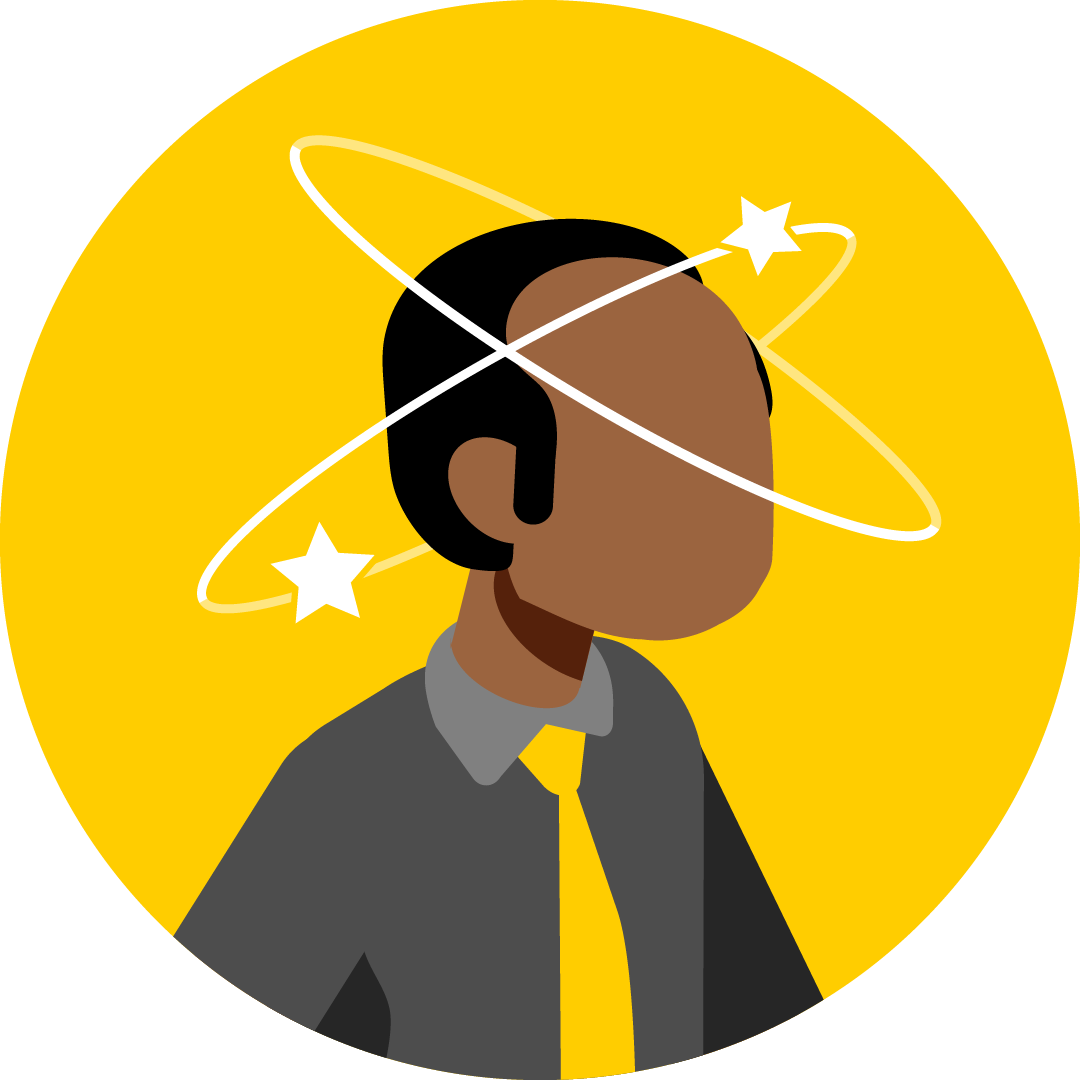
Balance
Sudden loss of balance
A stroke is caused by blood not flowing to portions of the brain. As parts of the brain shut down, muscle control and other senses are affected. Loss of balance could vary from that head-spinning feeling of just stepping off a merry-go-round to having one leg kicked out from a three-legged stool. Depending on when you encounter someone having a brain attack, they may be in the stage of feeling dizzy, grabbing at the air for something to steady themselves, or already crumpled in a heap.
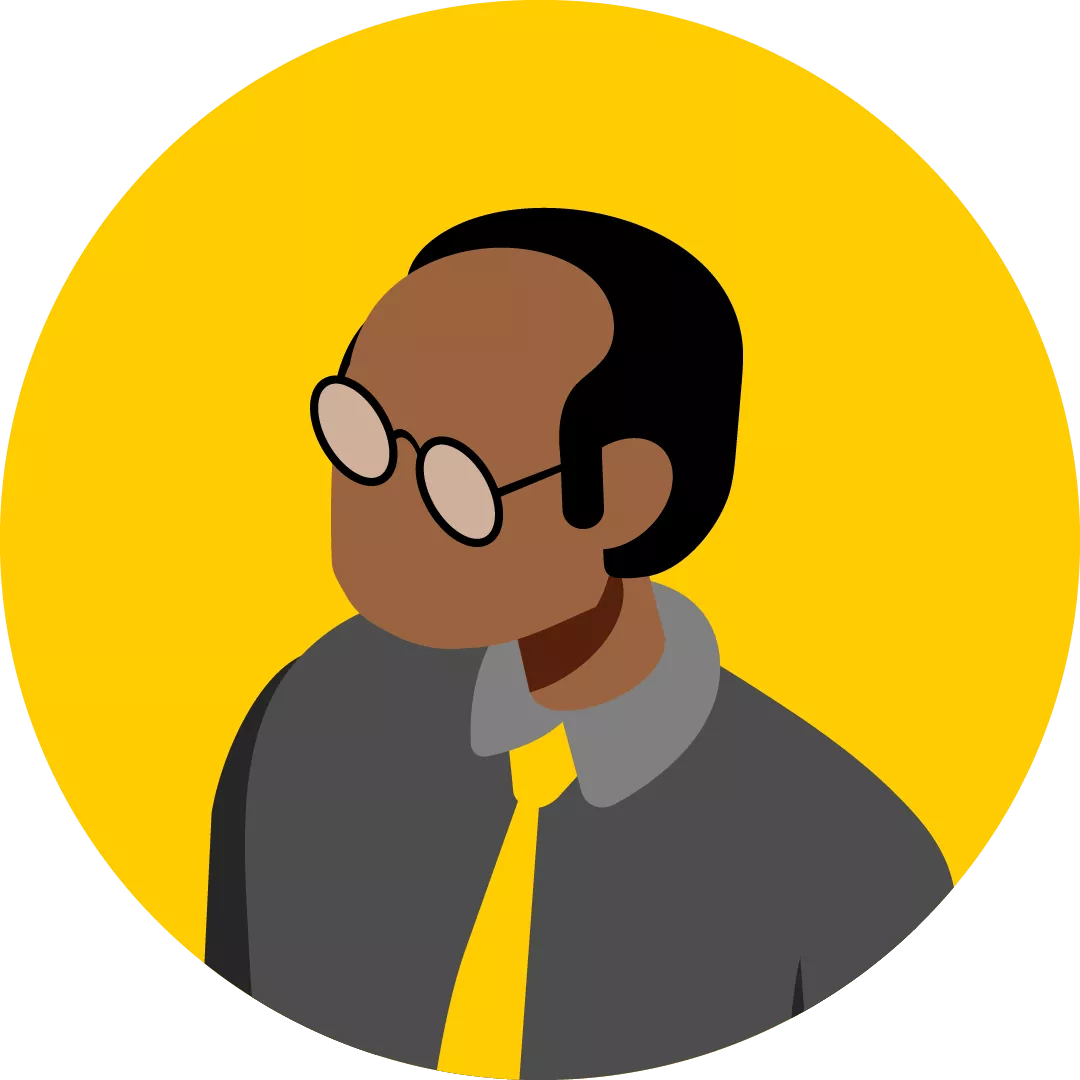
Eyes
Sudden loss of vision in one or both eyes
While other diseases and injuries can cause a loss of vision, the key in a stroke is a sudden onset with no previous symptoms. Vision loss is a matter of degrees, your victim may not have total loss of vision but may be having blurred vision or double vision as a result of the brain attack.
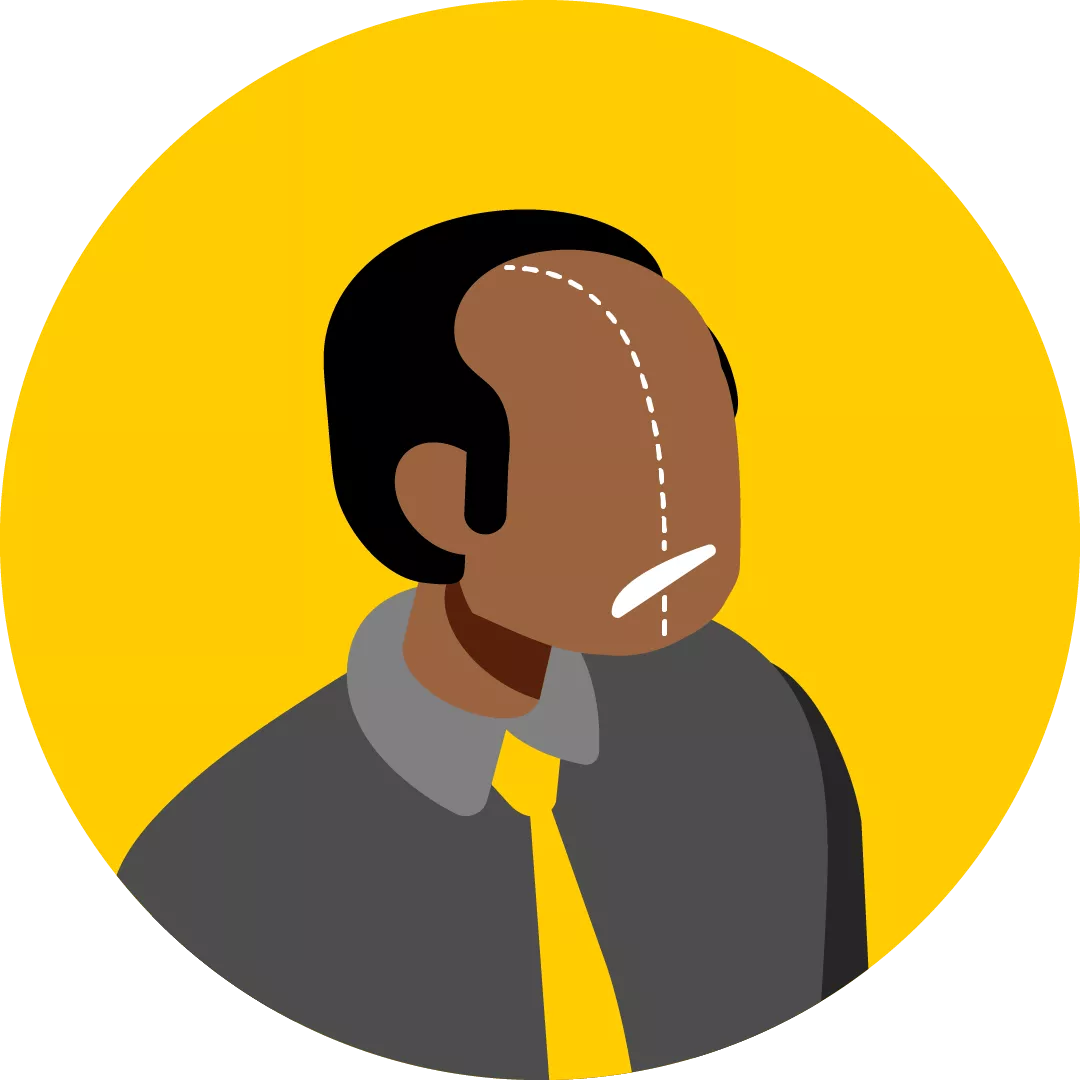
Face
Looks uneven
A stroke may affect the nerves that control facial expressions. Frequently only one side of the face is affected and the result is an uneven look—a drooping of the eyes, mouth, and cheeks.
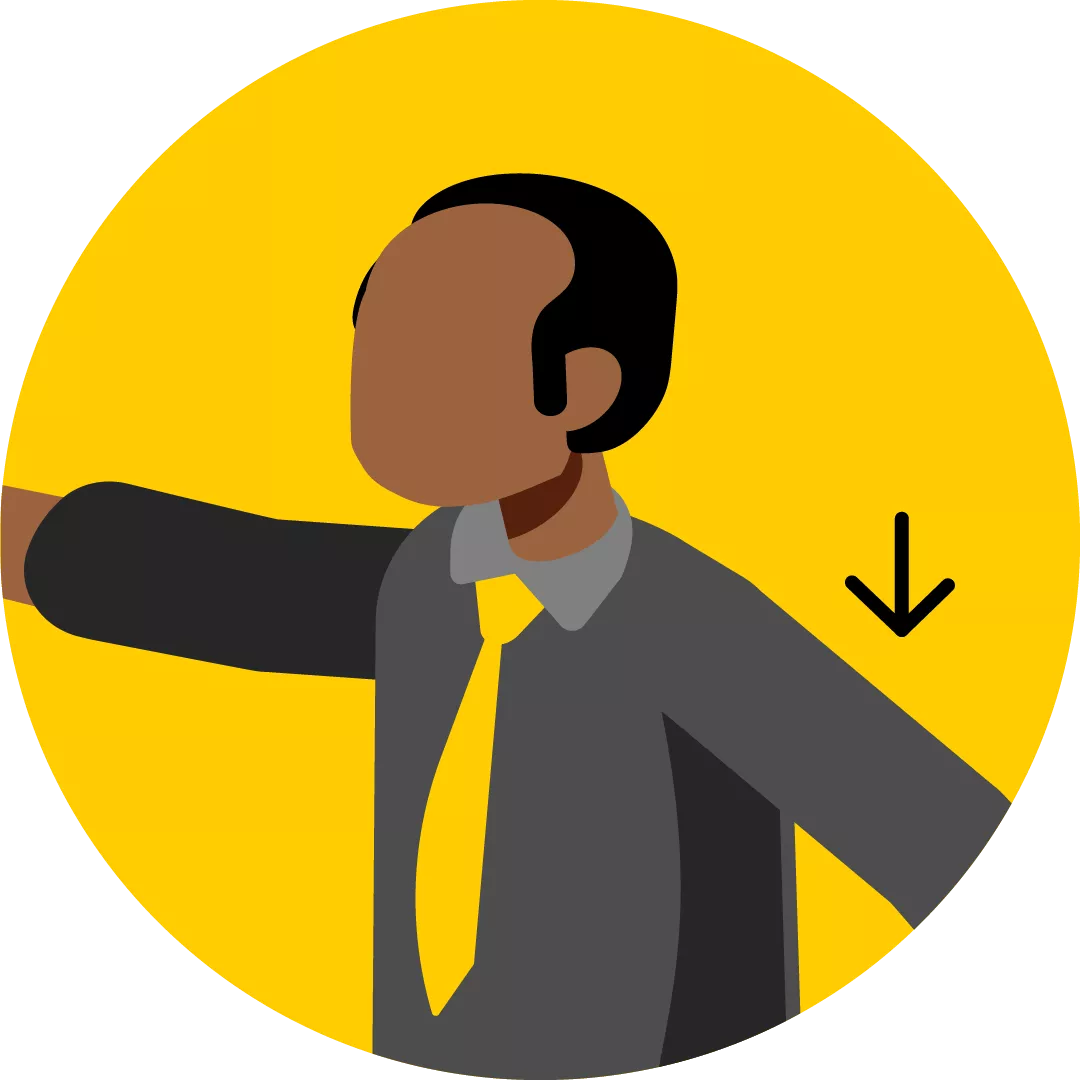
Arms
One arm is weak or numb
The same droopiness that affects the face can affect an arm or leg. It’s just a different set of nerves being affected by the brain attack. The arm weakness may be a matter of degree, ranging from numbness to flat out being unable to move or function.
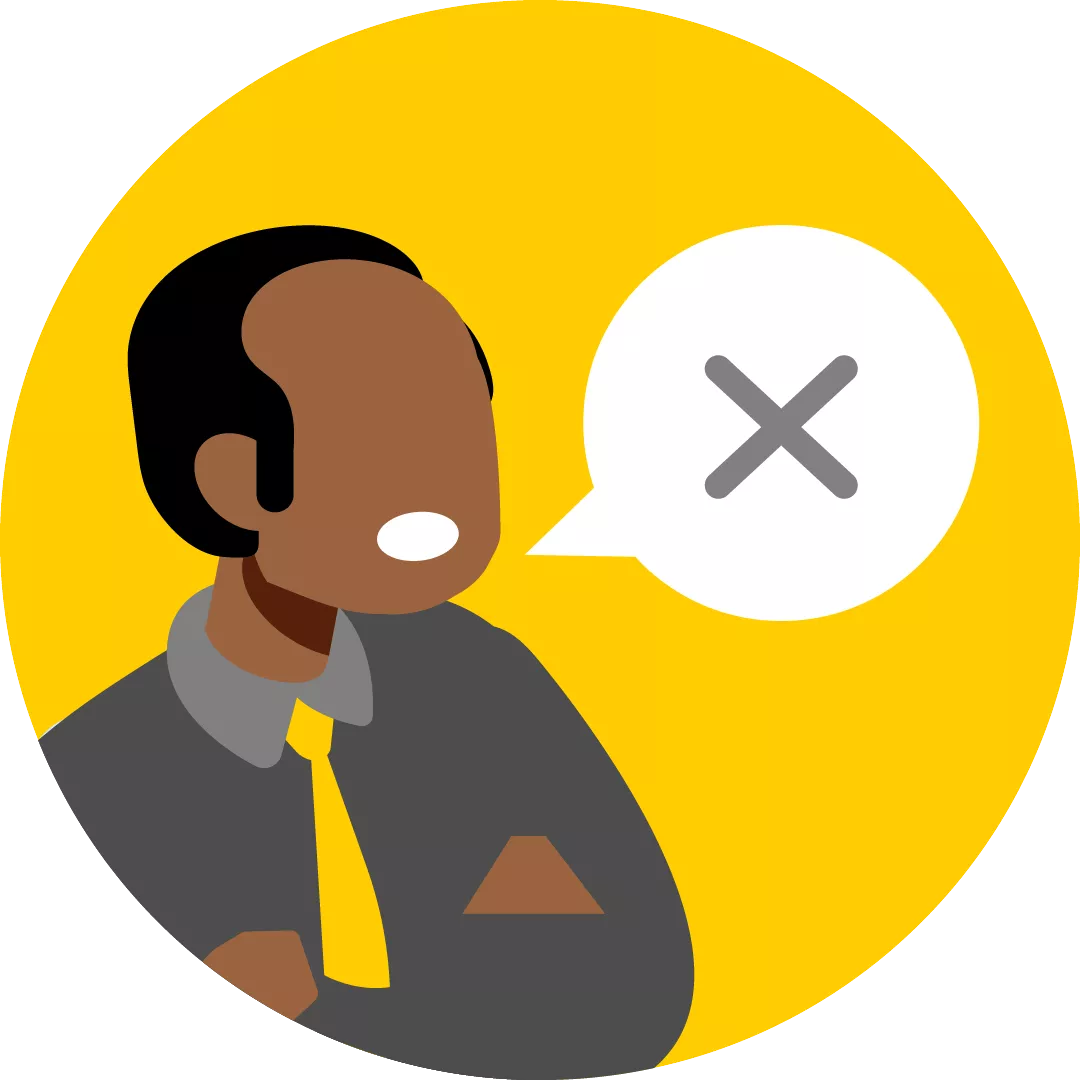
Speech
Slurred or seeming confused
When the brain’s speech center is under attack the results are going to be confusion, problems enunciating words, incomplete thoughts, or bizarre and random associations. Other diseases or injuries can cause similar patterns, but the key to a brain attack is a sudden onset of these symptoms.

Time
Call 911 now
Brain attacks happen with all degrees of severity and there’s rarely a gold-standard where all the symptoms are in play and easily recognized. If you’re seeing any of the BE FAST signs with that underlying theme of suddenness, make the call.
BE FAST action
Stroke is not something the victim’s friends or family members can fix. It requires immediate medical attention. The longer the brain is starved of blood to feed it oxygen, the more brain tissue is affected and likely destroyed. We’re talking minutes here, not hours.
Call 911 immediately. Don’t try to drive the person to the hospital yourself. Getting an ambulance to the person begins the stroke-care process quicker. Paramedics know what to do to assess a stroke and to prepare the victim for the care that will likely save their brain tissue and their lives.
There’s not a lot of DIY first-aid you can offer a stroke victim.
These measures will help keep the victim from further harm until the ambulance arrives:
- Check to see that they’re breathing. If not, begin performing CPR.
- Keep them warm.
- Don’t offer them anything to eat or drink.
- Try to avoid moving them.
- Take note of all the signs you observed and when they took place. The emergency personnel may want to know those details.
BE FAST was developed by Intermountain Healthcare, as an adaptation of the FAST model implemented by the American Stroke Association. Reproduced with permission from Intermountain Healthcare. © 2011 Intermountain Healthcare. All rights reserved.
